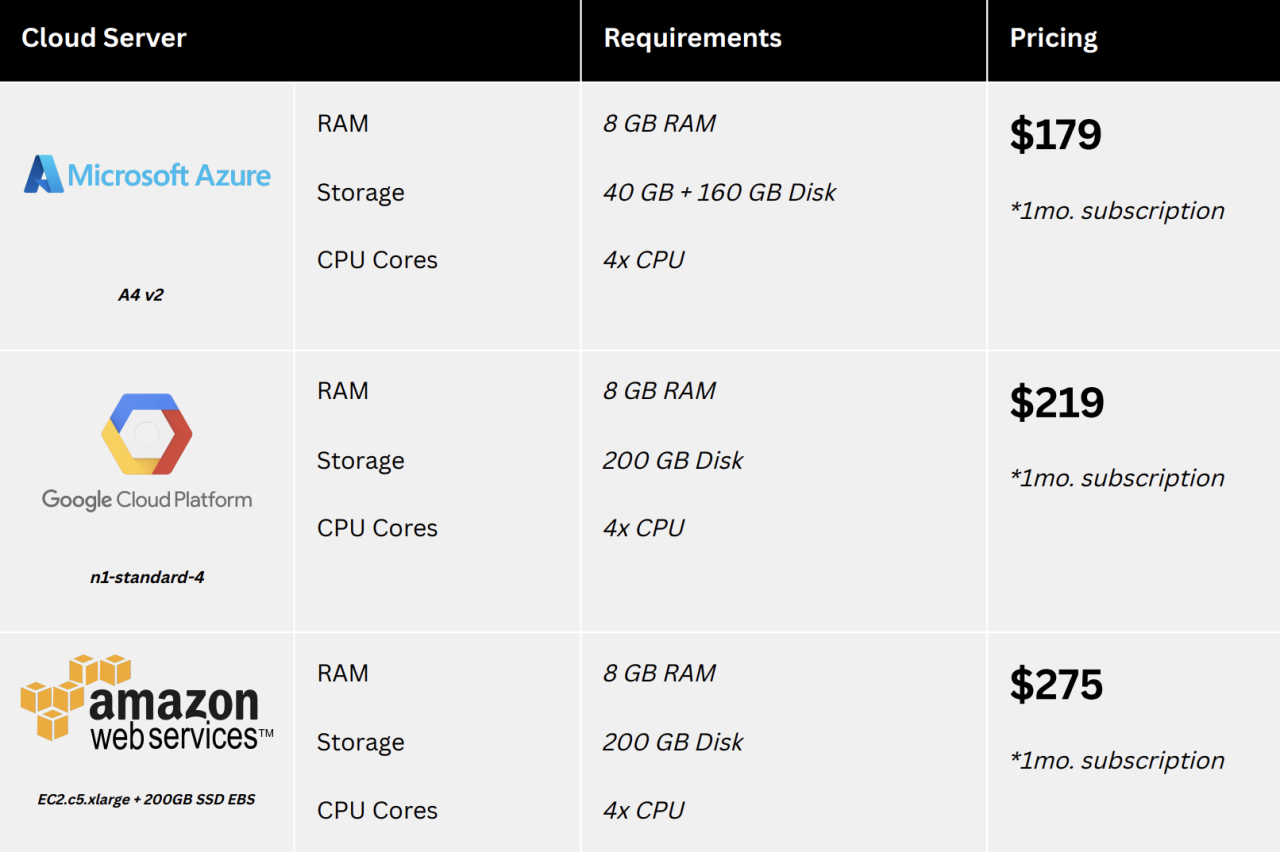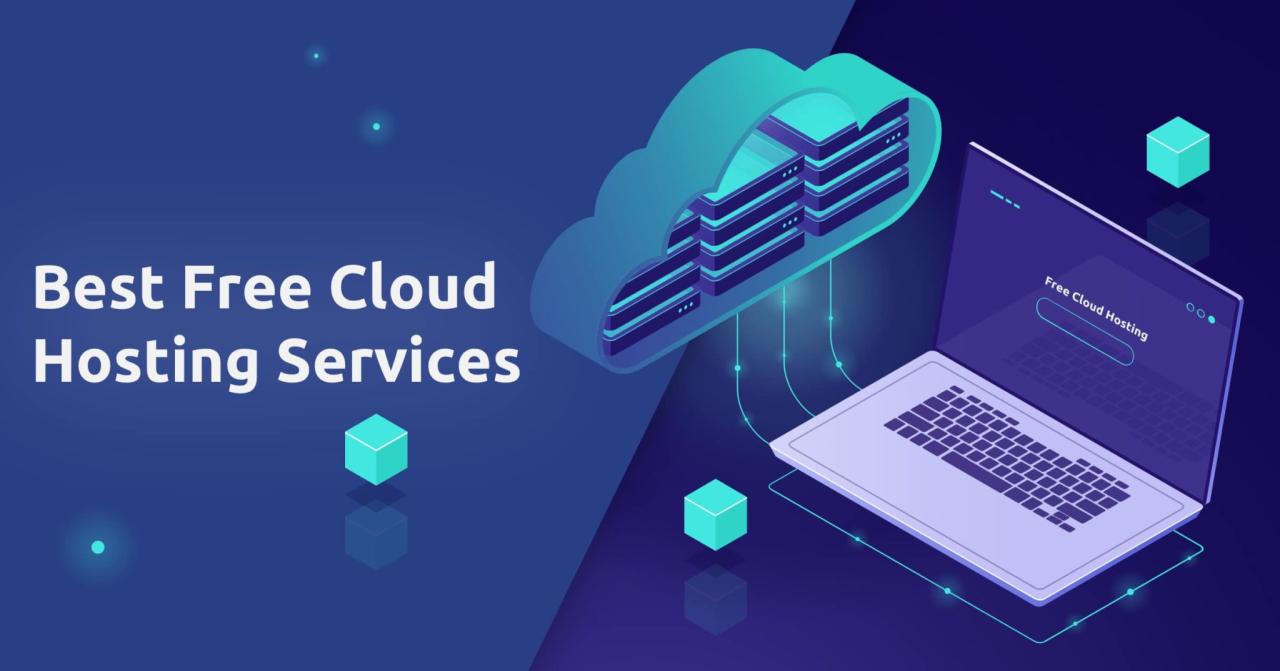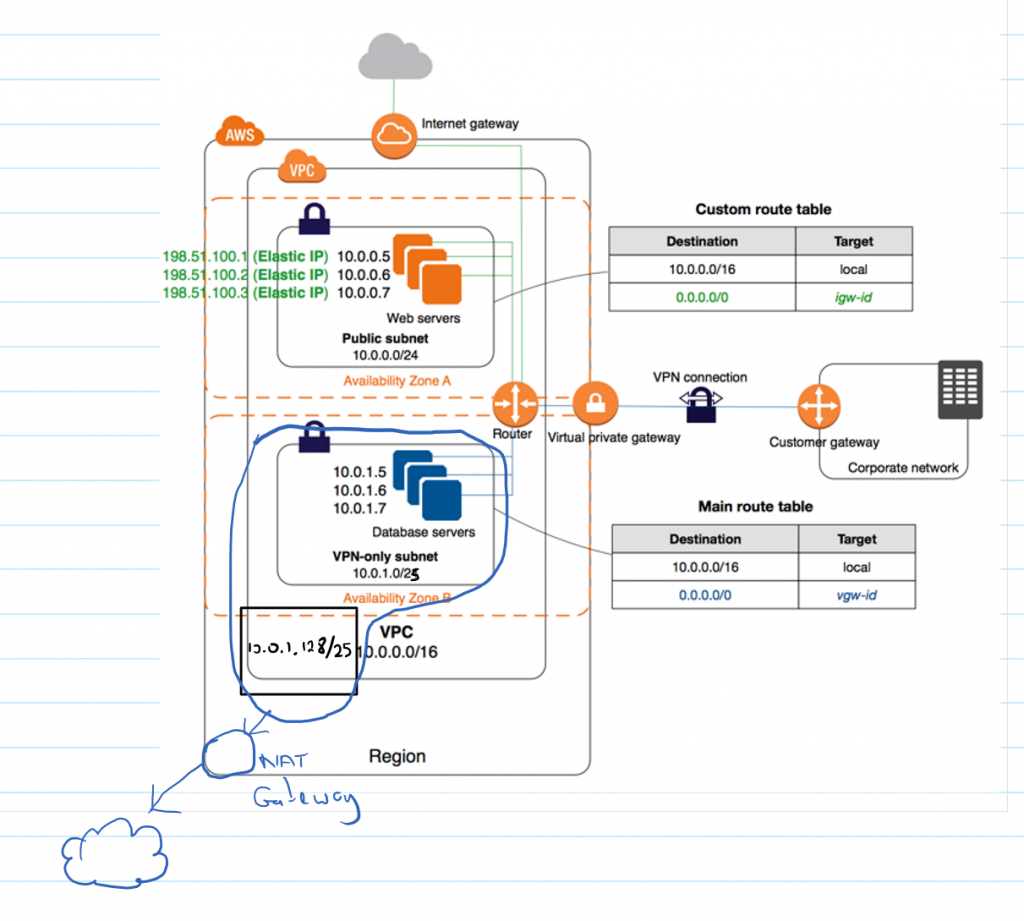Cloud server hosting price is a crucial factor to consider when choosing a hosting solution for your website or application. Understanding the pricing models, factors influencing costs, and available providers is essential for making an informed decision. This comprehensive guide will delve into the intricacies of cloud server hosting prices, exploring various aspects that impact cost and offering insights into optimizing your budget.
From the basics of cloud computing and its benefits to the different pricing models employed by cloud providers, this guide will equip you with the knowledge necessary to navigate the complexities of cloud server hosting costs. We will analyze the key factors that influence pricing, such as server specifications, traffic, bandwidth, and location. Additionally, we will provide a comparison of popular cloud providers and their pricing structures, helping you identify the best value for your specific needs.
Introduction to Cloud Server Hosting: Cloud Server Hosting Price
Cloud server hosting is a type of web hosting where your website and its data are stored on a network of remote servers, rather than on a single physical server in your own location. This approach offers a range of benefits, including scalability, flexibility, and cost-effectiveness.
Cloud computing, the foundation of cloud server hosting, involves delivering computing services—such as servers, storage, databases, networking, software, analytics, and intelligence—over the internet (“the cloud”) to offer faster innovation, flexible resources, and economies of scale.
Differences between Cloud Server Hosting and Traditional Hosting
Cloud server hosting and traditional hosting differ in several key aspects.
- Physical Infrastructure: Cloud server hosting utilizes a network of servers, often distributed across multiple data centers, while traditional hosting relies on a single physical server located in a specific location.
- Scalability: Cloud hosting offers on-demand scalability, allowing you to easily adjust resources based on your website’s traffic and needs. Traditional hosting requires manual intervention and potentially expensive upgrades to accommodate changes in traffic.
- Cost-effectiveness: Cloud hosting often provides a pay-as-you-go pricing model, where you only pay for the resources you use. Traditional hosting typically involves fixed monthly fees, even if you don’t fully utilize the server’s capacity.
- Flexibility: Cloud hosting provides greater flexibility, allowing you to choose from various operating systems, software, and configurations to suit your specific requirements. Traditional hosting often offers limited customization options.
- Reliability: Cloud hosting offers higher reliability due to redundancy and fault tolerance. If one server fails, the network automatically routes traffic to another server, minimizing downtime. Traditional hosting is more vulnerable to single points of failure.
Cloud Server Hosting Pricing Models
Cloud server hosting pricing models are designed to cater to diverse needs and budgets. Providers offer flexible options, allowing users to pay only for the resources they consume.
Pay-as-you-go Pricing
This model charges users based on their actual resource consumption. It provides a cost-effective solution for fluctuating workloads, as users only pay for the resources they use. For example, if a website experiences a surge in traffic during a promotional campaign, the user only pays for the additional resources needed during that period.
Fixed Monthly Subscription Models
Fixed monthly subscription models offer predictable pricing. Users pay a fixed monthly fee for a specific set of resources, regardless of their usage. This approach is suitable for businesses with consistent workloads and predictable resource requirements.
Tiered Pricing Based on Resource Consumption
Tiered pricing structures offer discounts based on resource consumption. As users consume more resources, they may qualify for lower rates per unit. This model incentivizes users to scale their applications and take advantage of cost savings. For instance, a provider may offer lower rates for storage or compute power when users consume a certain amount of resources.
Cloud Server Hosting Providers and Their Pricing
Choosing the right cloud server hosting provider is crucial for your business success. Understanding the pricing structures of major providers is essential to make an informed decision. This section will compare and contrast the pricing models of popular cloud hosting providers, analyzing their value propositions and specific cloud server configurations.
Pricing Structures and Value Propositions of Major Cloud Hosting Providers
Each cloud hosting provider offers a unique pricing structure and value proposition. Understanding these differences is critical for choosing the provider that best aligns with your needs and budget. Here are some of the most popular cloud hosting providers and their pricing models:
- Amazon Web Services (AWS): AWS offers a pay-as-you-go pricing model, where you only pay for the resources you use. AWS provides a wide range of services, including compute, storage, networking, and databases, with flexible pricing options. They also offer discounts for sustained use and reserved instances. AWS’s pricing strategy focuses on providing cost-effective solutions for various business needs.
- Microsoft Azure: Azure also employs a pay-as-you-go pricing model, offering a wide range of services, including virtual machines, storage, databases, and analytics. Azure offers discounts for reserved instances and pay-per-use models, with flexible pricing options. Azure’s value proposition emphasizes its integration with Microsoft products and services, making it a popular choice for businesses using Microsoft technologies.
- Google Cloud Platform (GCP): GCP follows a pay-as-you-go pricing model, offering a wide range of services, including compute, storage, databases, and machine learning. GCP provides discounts for sustained use and committed use discounts, with flexible pricing options. GCP’s value proposition centers on its advanced analytics capabilities and machine learning tools, making it attractive for data-driven businesses.
- DigitalOcean: DigitalOcean offers a straightforward pricing model based on virtual machine size and location. They offer a range of pre-configured droplets (virtual machines) with fixed monthly pricing. DigitalOcean’s pricing strategy focuses on simplicity and affordability, making it a popular choice for developers and small businesses.
- Linode: Linode offers a pay-as-you-go pricing model based on virtual machine size and location. They provide a range of pre-configured instances with fixed monthly pricing. Linode’s pricing strategy emphasizes affordability and performance, making it a popular choice for developers and small businesses.
Comparison of Cloud Server Configurations and Pricing
To illustrate the pricing differences between providers, let’s consider a specific cloud server configuration: a virtual machine with 2 vCPUs, 4 GB of RAM, and 100 GB of storage. Here’s a table summarizing the pricing for this configuration across different providers:
| Provider | Monthly Price | Key Features | Value Proposition |
|---|---|---|---|
| AWS EC2 | $30 – $50 | High availability, scalability, and security features | Cost-effective solutions for various business needs |
| Microsoft Azure Virtual Machines | $25 – $40 | Integration with Microsoft products and services, flexible pricing options | Suitable for businesses using Microsoft technologies |
| Google Compute Engine | $20 – $35 | Advanced analytics capabilities, machine learning tools | Attractive for data-driven businesses |
| DigitalOcean Droplets | $15 – $25 | Simple and affordable, easy to use | Ideal for developers and small businesses |
| Linode Instances | $10 – $20 | Affordable and high performance | Popular choice for developers and small businesses |
The table shows that the pricing for the same cloud server configuration can vary significantly between providers. AWS, Azure, and GCP offer more expensive options due to their extensive feature sets and global infrastructure. DigitalOcean and Linode provide more affordable options, catering to developers and small businesses with simpler needs.
Cost Optimization Strategies for Cloud Server Hosting
Cloud server hosting offers incredible flexibility and scalability, but without proper management, costs can quickly escalate. This section explores strategies for optimizing your cloud server hosting expenses, maximizing efficiency, and achieving cost savings.
Reducing Resource Consumption, Cloud server hosting price
Minimizing resource consumption is a cornerstone of cloud cost optimization. By understanding your resource needs and implementing efficient practices, you can significantly reduce your cloud bills.
- Right-sizing instances: Choose instance sizes that align with your application’s actual requirements. Overprovisioning leads to wasted resources and higher costs. Regularly monitor resource utilization and adjust instance sizes as needed.
- Auto-scaling: Implement auto-scaling policies to automatically adjust instance capacity based on demand. This ensures you have the right resources available without overprovisioning during peak periods and reduces costs during low-demand periods.
- Utilize Reserved Instances: Consider using reserved instances for predictable workloads. These provide discounted rates in exchange for a long-term commitment, potentially saving you significant costs.
- Optimize storage: Use the most cost-effective storage options for different data types. For example, infrequently accessed data can be stored in cheaper archival storage, while frequently accessed data can be stored in faster, more expensive storage.
- Minimize idle resources: Shut down or terminate unused instances, databases, or other services. Ensure that resources are only running when they are actively needed.
Maximizing Efficiency
Beyond reducing resource consumption, maximizing the efficiency of your cloud infrastructure is crucial for cost optimization.
- Implement load balancing: Distribute traffic across multiple instances, ensuring optimal performance and preventing bottlenecks. This allows you to utilize resources more effectively and avoid overprovisioning.
- Utilize caching: Implement caching mechanisms to reduce database load and improve application performance. This can significantly reduce resource usage and improve overall efficiency.
- Optimize code and applications: Regularly review and optimize your code and applications for efficiency. Identify and address performance bottlenecks to reduce resource consumption.
- Leverage serverless computing: Consider using serverless computing for tasks that are only occasionally needed. This allows you to pay only for the resources you consume, eliminating the need for idle servers.
Cloud Monitoring Tools
Monitoring your cloud infrastructure is essential for identifying and addressing cost-related issues. Cloud monitoring tools provide real-time insights into resource utilization, performance, and costs, allowing you to proactively optimize your environment.
- CloudWatch (AWS): This comprehensive monitoring service offers a wide range of metrics and dashboards for analyzing resource utilization, performance, and costs. It can be used to identify resource bottlenecks, optimize instance sizes, and identify potential cost savings.
- Stackdriver (Google Cloud): This monitoring service provides real-time insights into your Google Cloud environment, including resource usage, performance, and costs. It offers customizable dashboards and alerts to help you identify and address cost-related issues.
- Azure Monitor (Microsoft Azure): This monitoring service offers a comprehensive view of your Azure resources, including resource utilization, performance, and costs. It provides customizable dashboards and alerts to help you optimize your cloud environment.
Negotiating Better Pricing
Cloud providers often offer various pricing models and discounts, so it’s crucial to negotiate the best rates possible.
- Volume discounts: Cloud providers typically offer discounts for increased usage. Leverage this by consolidating your cloud resources and increasing your overall usage.
- Reserved instances: As mentioned earlier, reserved instances can provide significant cost savings for predictable workloads. Explore these options and factor in the commitment period to determine if it’s the right fit for your needs.
- Negotiate with your provider: Discuss your needs and budget with your cloud provider to explore potential discounts and customized pricing options. Emphasize your long-term commitment and potential for increased usage.
Final Conclusion

Navigating the world of cloud server hosting prices can seem daunting, but armed with the right information, you can confidently choose a hosting solution that meets your requirements and fits your budget. By understanding the factors that influence pricing, exploring different providers and their offerings, and implementing cost optimization strategies, you can maximize your investment and ensure a smooth and cost-effective cloud hosting experience.




